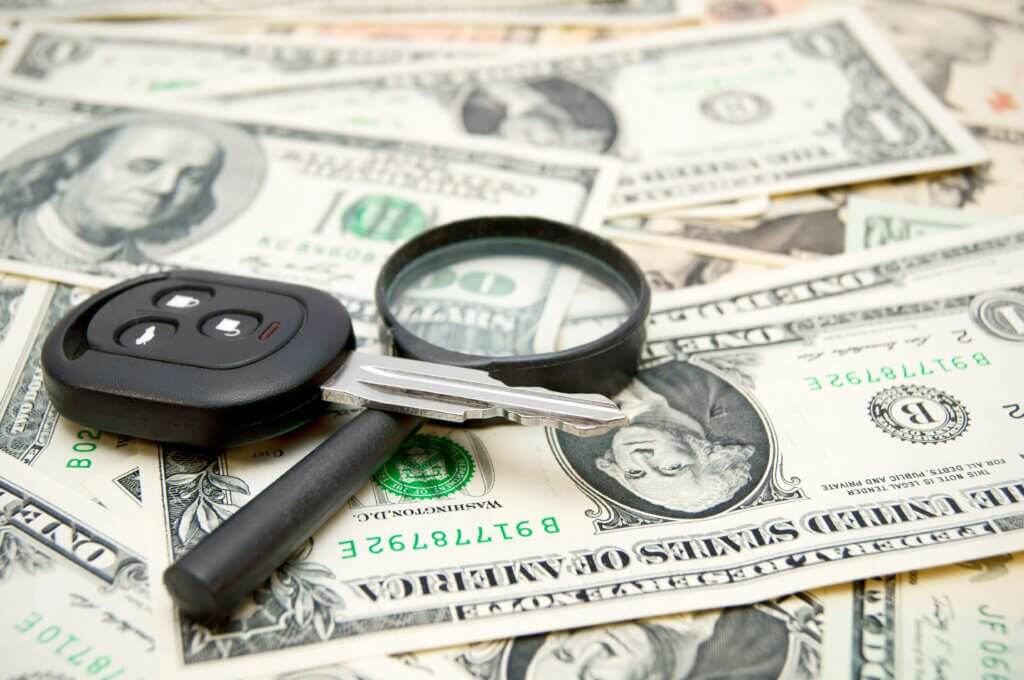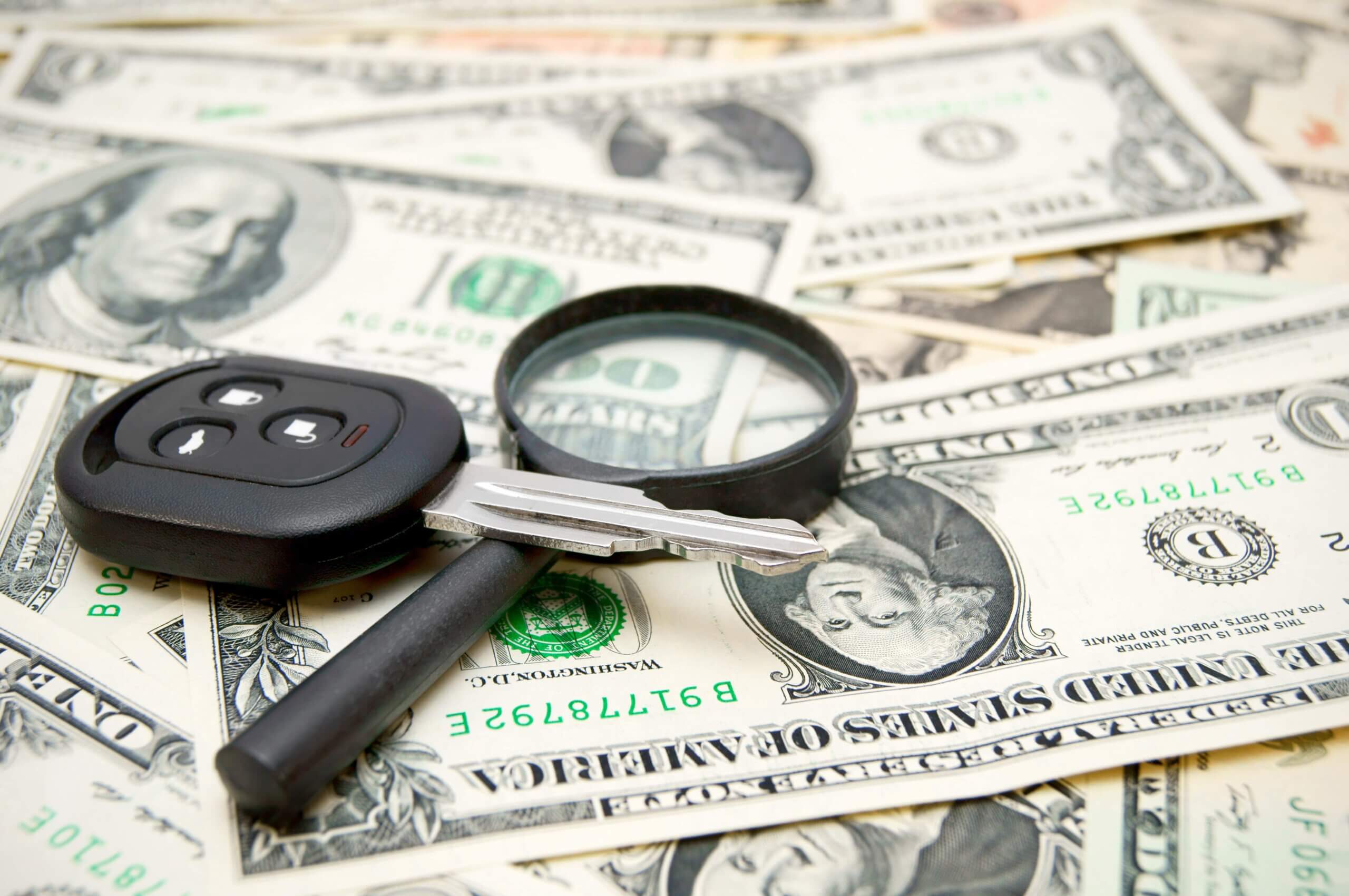
Inflation in America has impacted all sectors of life in this country. In 2022, average car payments increased by double-digit percentages. New vehicle payments increased by 13.3%. The increase for used and leased vehicles were 11.2% and 12.1%, respectively. Over the past few years, keeping up with the increased costs of housing, food, and cars has put a strain on people across the U.S. Unfortunately, sometimes expenses become too much and certain bills aren’t paid on time.
Car repossession in America is on the rise according to economists. The number of people getting a car loan will increase this year, with the projected total of Americans with auto loans being 119.6 million. The majority of people in the country depend on their cars to get around, so understandably, repossession will have a negative impact on their lives. If this problem might affect (or has already affected) you, it’s important to know how to avoid repossession and what to do if it does happen.
Why Can My Vehicle Get Repossessed?
Typically, there are two types of repossession, involuntary and voluntary repossession. Voluntary repossession occurs when the person decides to surrender their car to the lender. Involuntary repossession happens when the lender takes action and seizes the car. Although it is common for people to be familiar with both repossessions, many people find themselves affected by involuntary repossession. This situation arises from defaulting on an auto loan.
When a person takes out a loan, usually the lender has a security interest in the car. A security interest is a legal claim on the property, in this case, the car, and this right gives the creditor the ability to repossess the car if needed. Sometimes this can happen without notice if a person has defaulted on the loan. Laws vary by state, however, most states – including New Jersey – have a breach of peace law. This means that when a car is being repossessed, the person or agency doing the repossessing isn’t allowed to disturb the peace, or use threatening behavior or physical force to obtain the car. Creditors will most likely use towing services to handle these situations.
The typical default time is around 90 days, but lenders can still repossess if the person misses one payment. When the car is taken the lender has a right to sell the car to meet the person’s loan obligations. A notice of the sale date will be given to the individual, and they will sell the car at a public auction. When the vehicle is sold, additional information will be provided to the person, including the sales price of the car.
Unfortunately, selling the car isn’t always the end of the process. If the sale amount from the action doesn’t cover the loan in full, the person is responsible for the outstanding balance. For example, if there is a remaining loan balance of $10,000 due to the lender and the car sells at auction for $8,000, the person who took out the loan may be responsible for the difference of $2,000. Disputing a deficiency balance can be a challenge, but it can be done and some circumstances make it easier to dispute the action.
Defenses toward deficiency actions include:
- Breaching the peace when repossessing the vehicle
- Claiming the lender did not sell the car in a commercially reasonable manner
- Showing that the lender waited too long to sue for the deficiency balance and the statute of limitations ran out
When dealing with the repossession of your car, it’s imperative to be knowledgeable about state laws. Seeking legal advice is the most effective way to ensure your case will have the best possible outcome.
What Is the Impact of Car Repossession?
Lack of personal transportation can cause many issues for people. According to a Wired article, about 700,000 people do not have cars or access to public transportation. This makes it difficult for a person to find or keep a job. The problem could be exacerbated if someone lives in the suburbs or an even more rural area. The Brookings Institution report mentioned in the Wired article shows that 42% of residents in the suburbs don’t have access to public transit. Without transportation to and from a job, a person’s indebtedness will only worsen.
Along with repossession, a defaulted car loan will put a person’s credit score at risk. When a repossession occurs, that negative financial action will remain on a person’s credit report for about seven years. Apart from repossession, there can be little “dents” that will also lower a credit score.
Those “dents” will include:
- Late payments: Missed payments will have a negative impact on the score.
- A default: This will result in negative marks on the score, and a default will typically trigger the repossession process.
- Collections: When a deficiency balance cannot be paid, it will be sent to collections.
It ‘s hard to know just how much a credit score will drop, however, with multiple strikes, a person could lose substantial points. A damaged credit score will make it harder to obtain other loans in the future.
How to Avoid Car Repossessions
Being proactive is a good way to avoid having your car repossessed. If a person fears that this might happen, there are steps that might be taken.
Redeem the Car
This refers to buying back the car. There are two main benefits to this option if you are going through a bankruptcy. You will not have to pay the full loan balance and you won’t have to pay interest on that full amount. However, it can be hard for people to come up with all the money on short notice.
Reinstate the Loan
A person can bring the loan current if they pay all past due payments along with repossession costs. Once the loan is current, a person can get the car back and continue to make payments on it until paid in full. There are restrictions to this option. The car loan contract must allow it, and the laws of your state must allow it.
Buy It at the Auction
Another way to get the car back is by going to the auction and bidding on it. If the bid is accepted, the car becomes theirs officially. However, the person can still be on the hook for the deficiency balance if the sale didn’t cover the total loan amount.
Bankruptcy
This may be the most beneficial option for people to take. If a person finds themselves facing unmanageable debt, they can get ahold of it before repossession starts. The first good news about filing for bankruptcy is that when you start the proceedings, an “automatic stay” occurs. This action will stop lenders from repossession of the car and other properties. The stay gives the courts and people involved a chance to figure out how to handle the debts. There are many chapters to choose from, with the two most common being chapters 13 and 7.
Chapter 13 deals with debts by organizing a repayment plan for people to repay their debts. Three to five years is the plan’s duration. During that time, monthly payments will be made to all the creditors. This solution is usually for people with a stable income who can afford the repayment plan they create with their attorney. The option is also helpful for people who want to keep their property because they are paying their debts. Along with other debts, an auto loan will be included in the repayment plan. However, once the plan is in place, the person must stay current on the car loan or it still can be repossessed. To qualify for chapter 13 the debts must not exceed a certain amount.
Chapter 7 is referred to as liquidation bankruptcy. The process is quick and can take up to six months to complete. To qualify a person must take a means test, which determines if their income is low enough to file. Many debts will be wiped clean, but a part of that process is to sell the person’s assets (including cars) to pay some of the debt. Certain exemptions can help protect the equity in the car, giving people a chance to shield their car from liquidation. The motor vehicle exemption will protect a certain amount of equity in the car; thus, if the equity falls within the exemption rule, the person may keep the car. For example, if Jade’s car is worth $4,500 and her state has a $5,500 motor vehicle exemption rule, her car will be completely covered. It will not be taken in chapter 7. Motor vehicle exemption rules vary by state so it’s important to contact an experienced bankruptcy attorney to advise you.
Reaffirming the car loan is a reliable way to keep the car in a chapter 7 case. The agreement lets people keep their cars under a new contract. In most cases, an attorney will help negotiate their client’s reaffirmation agreement. The person would have to maintain the payments on the car and the lender won’t be allowed to repossess the car unless the contract is broken.
Remember that chapter 7 will wipe out many debts, which may give a person more cash flow. If they’re not paying back medical and credit card debt, money can be allocated toward car loans instead.
In short, bankruptcy is a tool that was created to help people get back on their feet financially. Taking advantage of this tool can be a wise decision if handled properly.
Where to Find Help
If your vehicle is about to be repossessed or has already been repossessed, don’t wait to seek out legal advice for solutions. An attorney with an understanding of the laws and options available can suggest the best way to resolve your financial woes. At Rosenblum Law, our attorneys are ready to help you get a fresh start with personalized, compassionate service. Contact us today for a free consultation.


